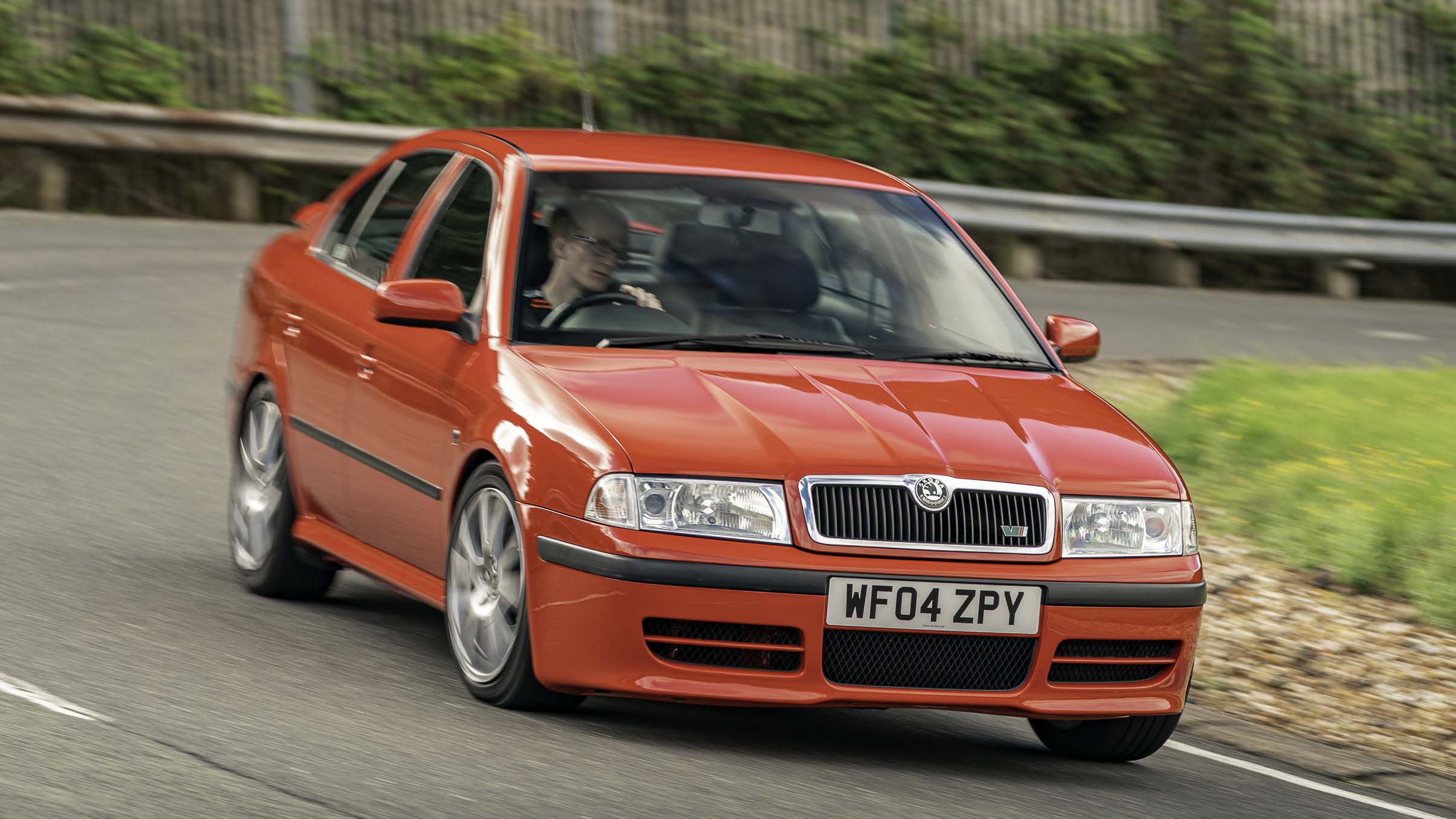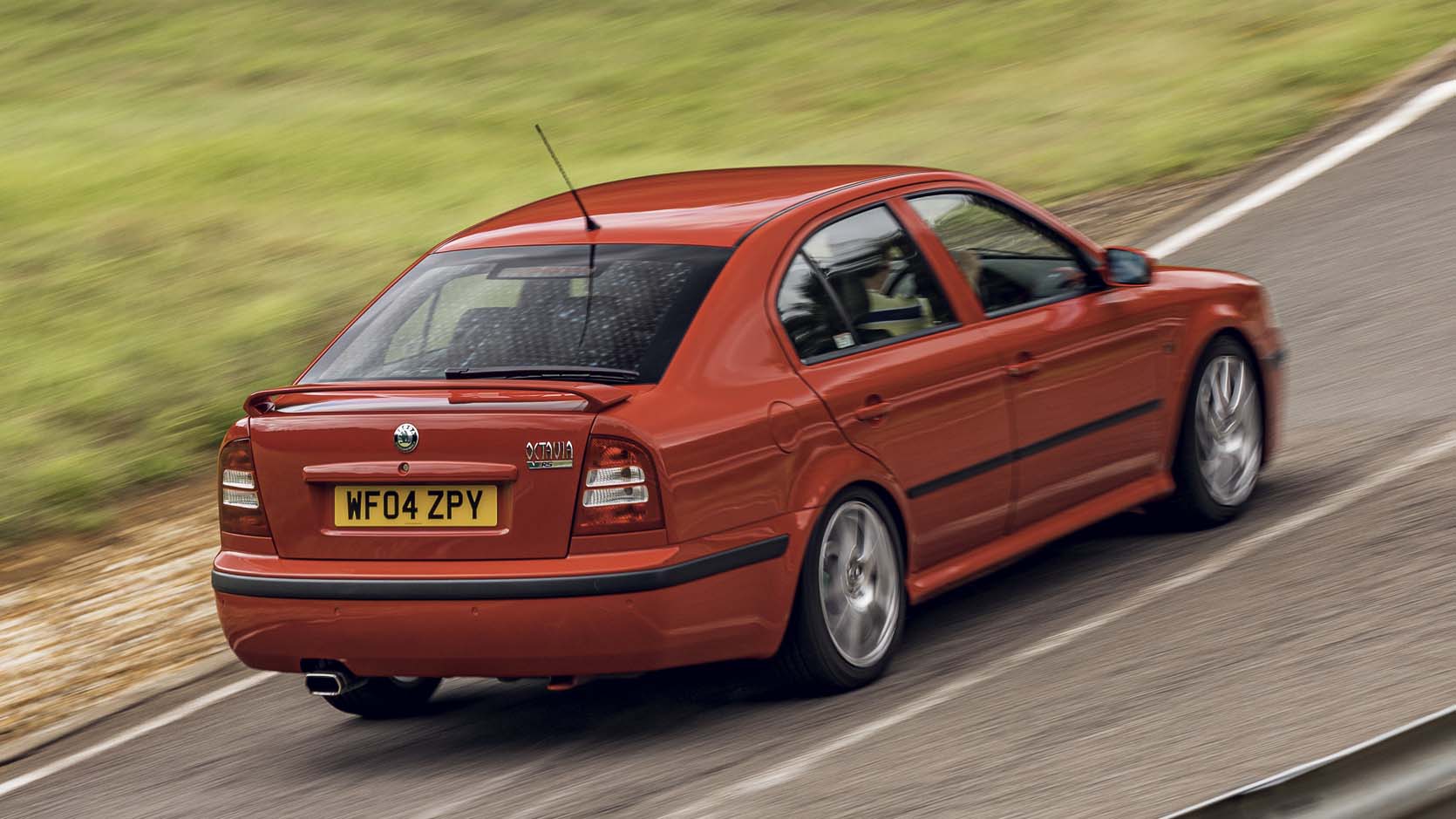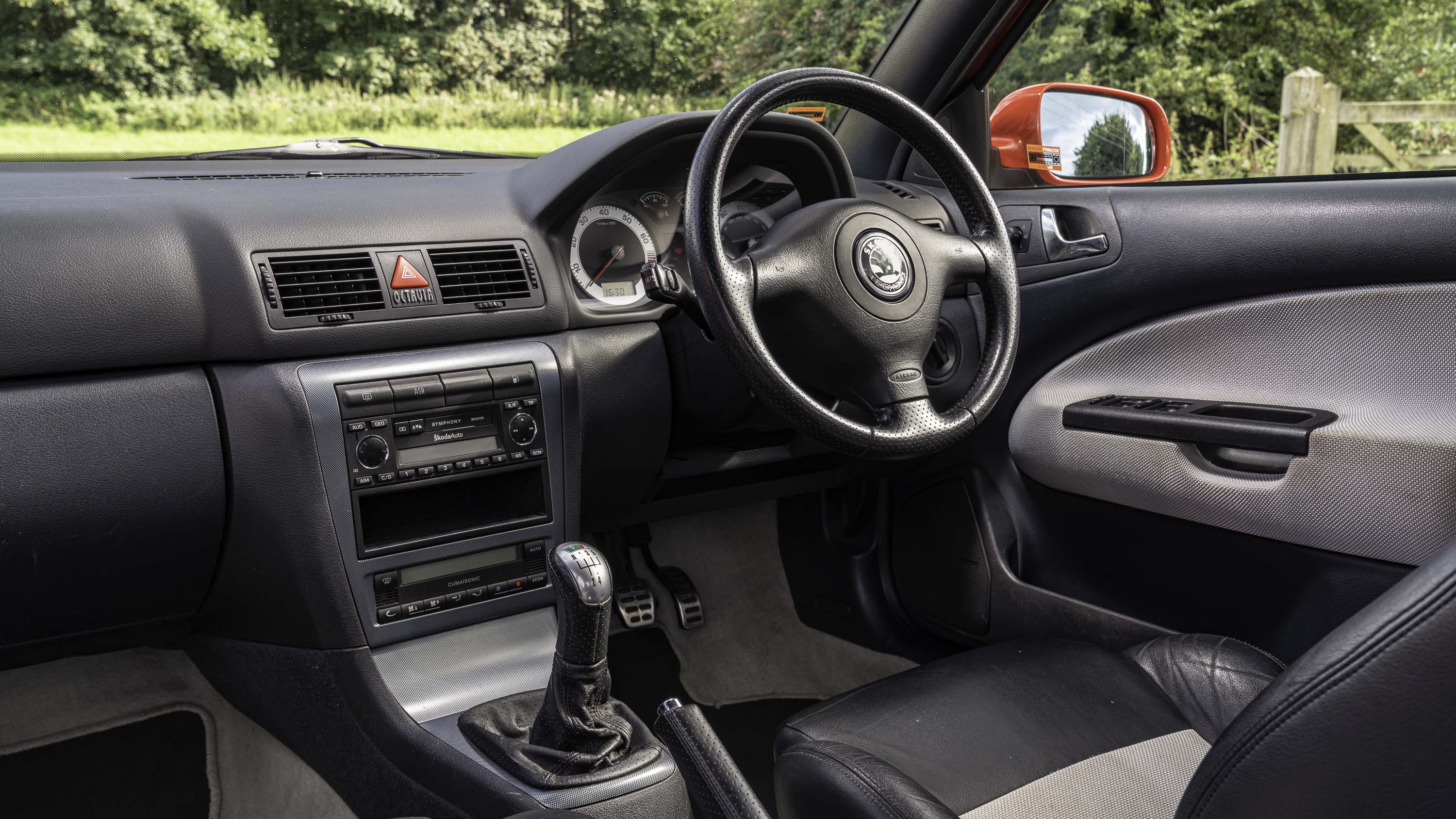
Driving
What is it like to drive?
It's fast enough. We drove it on the Isle of Man on a series of empty switchback roads cloaked under a gorgeously lit sunset, so we had plenty of time and space to understand it.
The first thing we noticed is the turbo lag. There’s a fair amount until 2,000rpm before you get a slight surge of torque at 3,000 and the fans really start to kick in. 5,000 is the sweet spot where you start to get a bit giddy. It feels quicker than 7.8s to get to 62mph. The key here is that the vRS isn’t fast enough to get you into trouble.
That makes it easy to carry momentum along a technical route. There’s a fair amount of body roll, but a good grip limit to expose too, and when you do lose the front, it’s easy to recover. It’s not razor sharp, but there’s a good weight to the hydraulic steering.
The best part is that there are no settings to customise; it’s very much a get-in-and-go sorta thing. You won’t sit there for an hour choosing damper settings or exhaust ferocity because... you can’t. You simply find your seating position and crack on.
It won’t set your pants on fire the way a Civic Type R from its era will, which is why the vRS has never sat in the same conversation. But it’s not shy in the slightest: this is a car you can really have some fun with if you give it a chance.
Reckon it’d make a good daily then?
Oh, absolutely. Those 17in alloys are surrounded by thick tyre walls so it rides superbly. The seats are a bit… bleurgh, but they’re by no means uncomfortable. There’s acres of arm and legroom too, so you won’t get cranky after a long drive.
It’s also got a 55-litre fuel tank and is expected to return around 35mpg. In plain English, a full fill should cost you about 70 quid at the time of writing, for which you should get 420-ish miles of mixed driving between visits to the pump. Not bad at all.
Featured

Trending this week
- Car Review
BMW iX3






